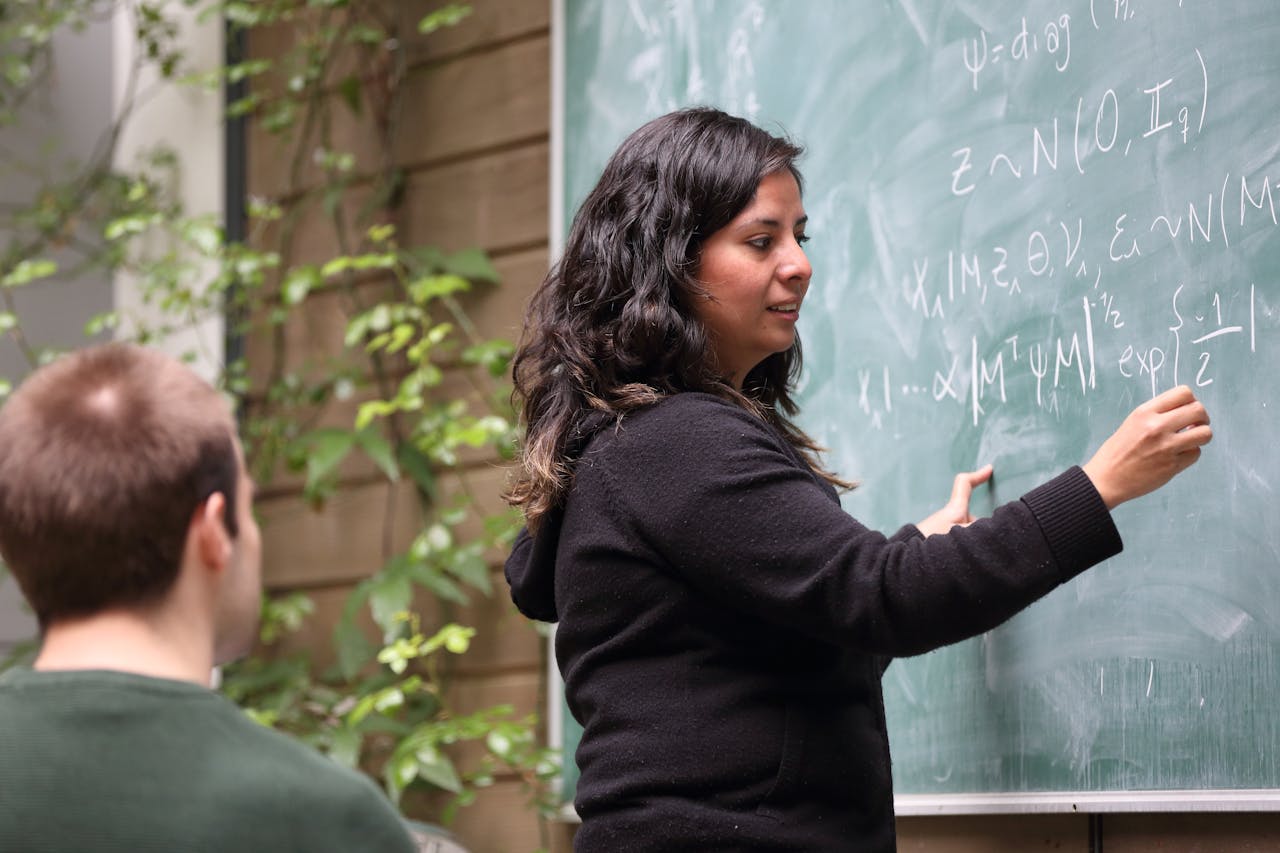What are students from disadvantaged areas most likely to study?
The latest data from Higher Education Statistics Association (HESA) shows that students from areas of the lowest progression into higher education (Quintile 1, POLAR 4) are most highly represented in subjects allied to medicine (14% of undergraduates in this area are from Quintile 1) – including nursing and pharmacy, biological sciences (13%), computer science (14%), law (13%) and education courses (16%).1
Further, as the latest UCAS data shows, disadvantaged students from black, Asian and minority ethnic (BAME) backgrounds are significantly more likely to enter university than their white peers.2 Therefore, trends in UK domiciled BAME students entering university are also important when looking at data concerning subject preferences of disadvantaged students. With that knowledge, it is perhaps unsurprising that the trends are similar, with pharmacy having the biggest number of BAME students (64% of all 2018/19 undergraduates identifying as BAME). Medicine ranks second most popular with 40% and economics (38%), law (34%), business (33%), engineering (29%) and computer science (28%) also show high representation of students from BAME backgrounds.3
What ties those courses together is their strong links to the job market and as someone with a cultural understanding of a traditional Asian and working class upbringing it makes a lot of sense – if performing well academically, the choices presented are few – a doctor, a lawyer or an engineer. To contrast these figures, just 12% of students on undergraduate courses in historical and philosophical studies were BAME in 2018/19. Figures are similar in languages (including English) at 15%, arts subjects (15%) and physics (16%).




